这个动作我们使用一个hook来实现:
add_action('publish_post', 'fetch_images',999);
再创建一个fetch_images函数,来实现本文所说的所有功能。
function fetch_images( $post_ID ){
if ( defined('DOING_AUTOSAVE') && DOING_AUTOSAVE ) return;
if ( !current_user_can('edit_post', $post_ID) ) return;
$post = get_post($post_ID);
接下来,我们要获取文章内容中的第一张图片:
$first_image = '';
preg_match('/<img.+src=['"]([^'"]+)['"].* />/i',$post->post_content,$images);
if(!empty($images))foreach($images as $image){
if(strpos($image,'http') === 0){
$first_image = $images[1];
break;
}
}
但实际上,通过上述的代码获得的图片src可能也是有问题的,或者根本没有抓取到数据。不过我们先不考虑这些问题,我们先实现本文的目标。
接下来就是关键代码一,它要实现“抓取-保存到本地”两个功能:
$get = wp_remote_get( $get_image_src ); $type = wp_remote_retrieve_header( $get, 'content-type' ); $file_name = basename($get_image_src); $file_content = wp_remote_retrieve_body($get); $mirror = wp_upload_bits($file_name,null,$file_content);
这个地方有一个变化,上面我们获得了$first_image,这个地方的$get_image_src是上述得到的要抓取的远程图片地址。
在WordPress中,提供了wp_remote_get、wp_remote_retrieve_body等原创抓取和信息获取函数,你可以查看官方文档以了解和remote相关的函数。wp_upload_bits则将抓取到的图片的二进制内容保存到本地,根据其文件类型,最终成为本地保存的图片,并将保存完后获得的本地图片信息保存在$mirror中。
既然已经保存到本地了,接下来就是将图片信息保存到数据库中。
© 版权声明
本文刊载的所有内容,包括文字、图片、音频、视频、软件、程序、以及网页版式设计等部门来源于互联网,版权均归原作者所有!本网站提供的内容服务于个人学习、研究或欣赏,以及其他非商业性或非盈利性用途,但同时应遵守著作权法及其他相关法律的规定,不得侵犯本网站及相关权利人的合法权利。
联系信息:邮箱aoxolcom@163.com或见网站底部。
联系信息:邮箱aoxolcom@163.com或见网站底部。
THE END

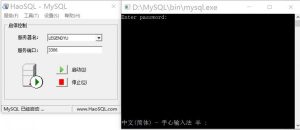
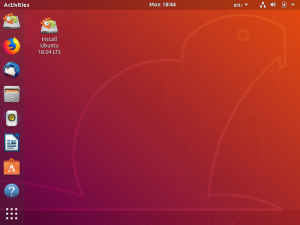




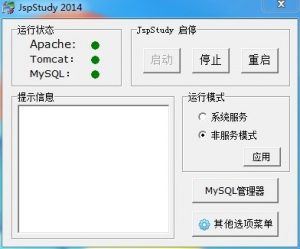


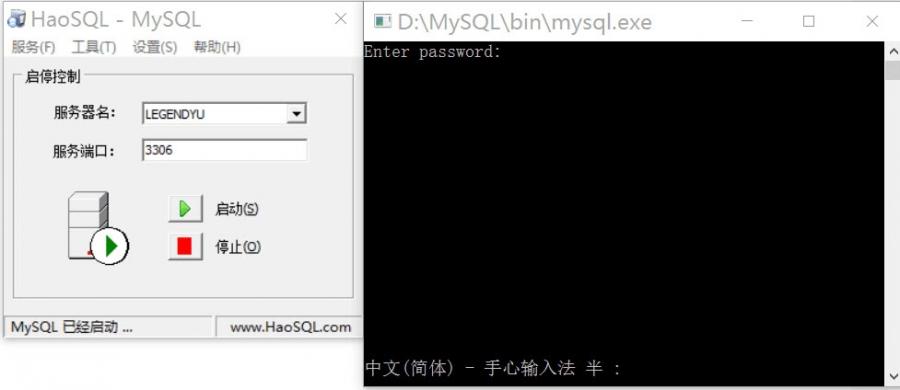


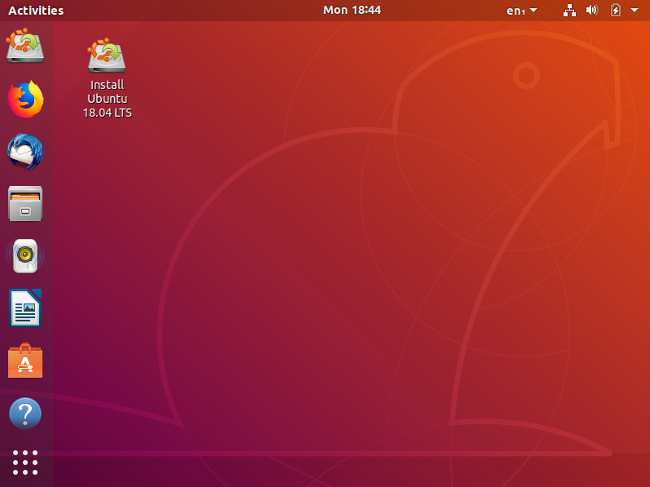



请登录后发表评论
注册
社交帐号登录